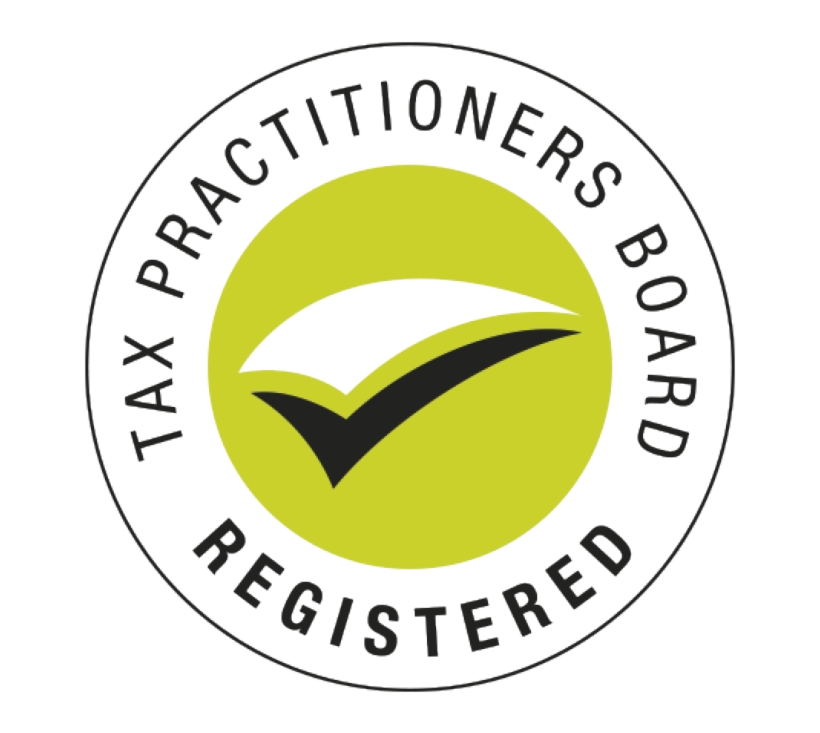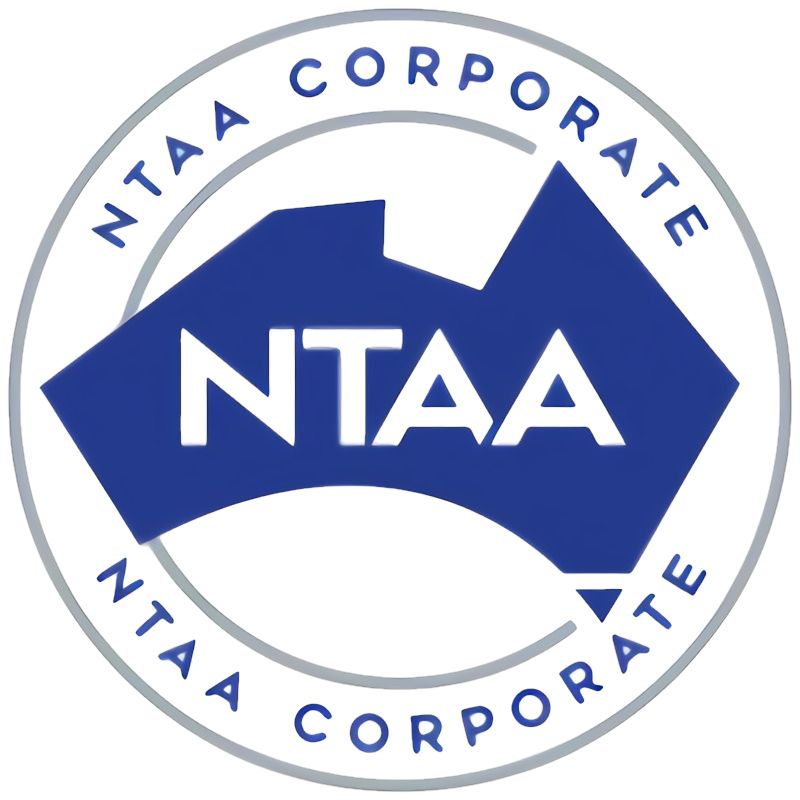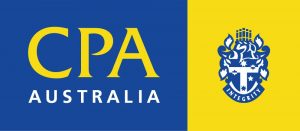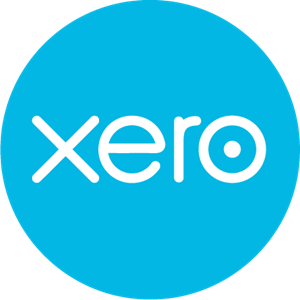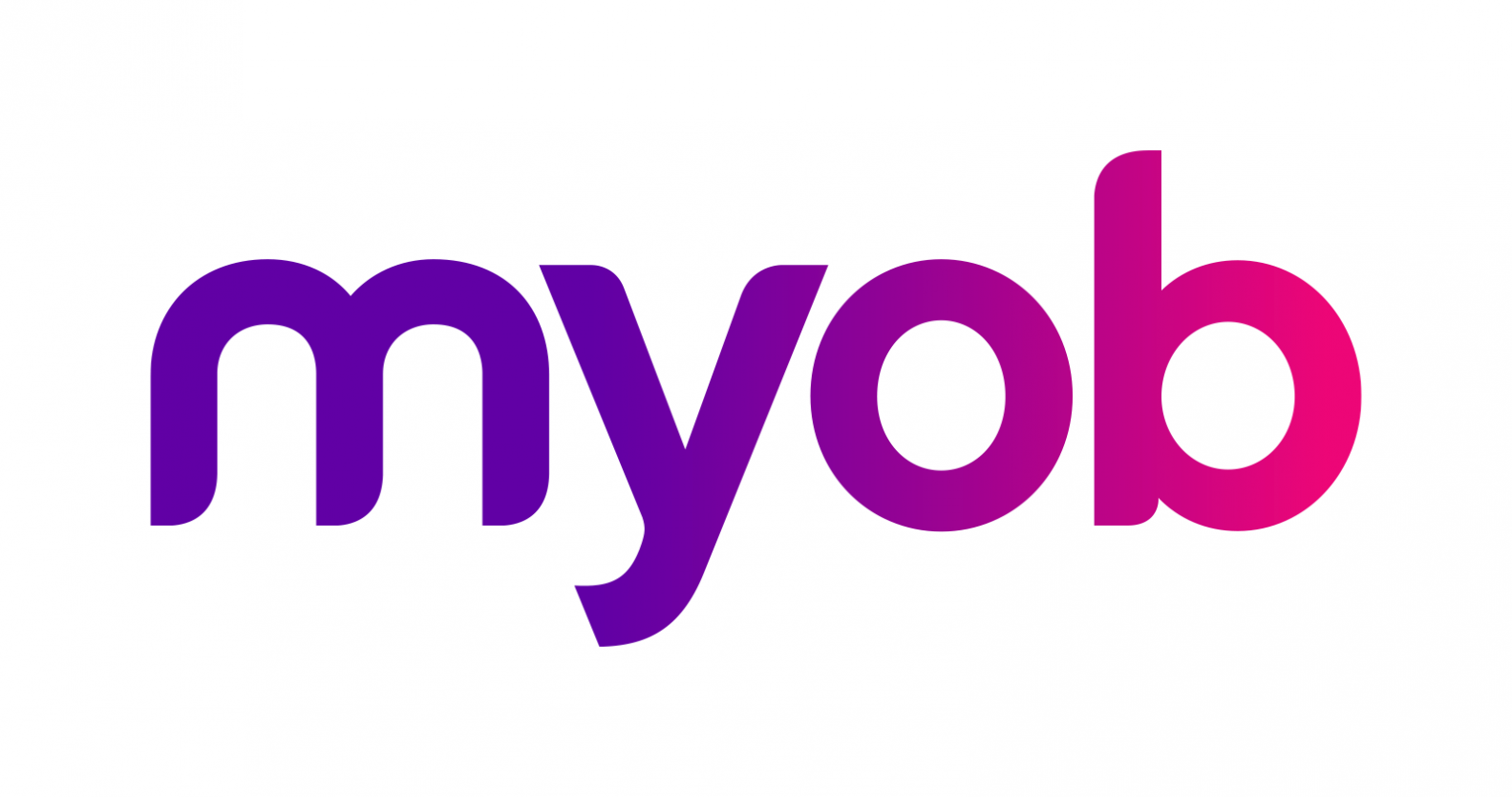In 2025, employers must navigate several key tax obligations to ensure compliance. This guide provides a focused overview of these responsibilities, including critical dates and practical tips for accurate tax reporting.
How to master employer obligations in 2025
Employers must stay abreast of their tax obligations to ensure compliance and avoid penalties. Key dates and requirements for 2025 include:
- The fringe benefits tax (FBT) year ends on 31 March 2025. Employers should determine if they have provided any fringe benefits, calculate the taxable value, and assess their FBT liability.
- Lodge the FBT return and pay any FBT owed by 21 May 2025. If lodging electronically through a registered tax agent, the deadline is extended to 25 June 2025.
- Maintain accurate records to support the FBT position.
For pay as you go (PAYG) withholding, employers must withhold the correct amount of tax from employee payments and remit these amounts to the ATO.
Regarding single touch payroll (STP), employers should finalise their STP data by 14 July 2025 for the 2024/25 financial year. Note that there may be a later due date for closely held payees.
Super guarantee (SG) quarterly due dates are 28 January, 28 April, 28 July, and 28 October. The current SG rate is 11.5% of an employee’s ordinary time earnings, increasing to 12% from 1 July 2025. Employers must ensure timely and accurate SG payments to the correct super fund to avoid the SG charge.
ATO Tips for BAS Reporting
The ATO offers the following tips to help employers accurately lodge their Business Activity Statement (BAS):
- Ensure figures for obligations are entered under the correct labels and complete only applicable fields.
- When lodging online or through a registered tax or BAS agent, employers may gain an extra 2-4 weeks to lodge and pay.
- If there is nothing to report for the period, lodge a ‘nil’ BAS online by selecting ‘Prepare’ and then ‘Prepare as nil’, or call the ATO’s automated service.
- To correct errors from the last BAS, use the current BAS. For example, use label 1A to adjust GST on sales or label 1B to adjust GST on purchases.
- Use the BAS to vary instalment amounts as needed.
Fuel Tax Credits When Rates Change
Fuel tax credits changed as of 3 February 2025, potentially offering more savings for fuel acquired from this date. To ensure correct claiming:
- Use the ATO’s ‘eligibility tool’ on its website to determine if fuel tax credits can be claimed for fuel acquired and used.
- Utilise the ATO’s online fuel tax credit calculator to work out the claim, which automatically applies the correct rate.
- Lodge the BAS via Online services or through a registered tax or BAS agent to ensure accuracy and potentially gain extra time for lodgement and payment.
Ref: ATO website
Please contact Wiselink Accountants if you require further information



